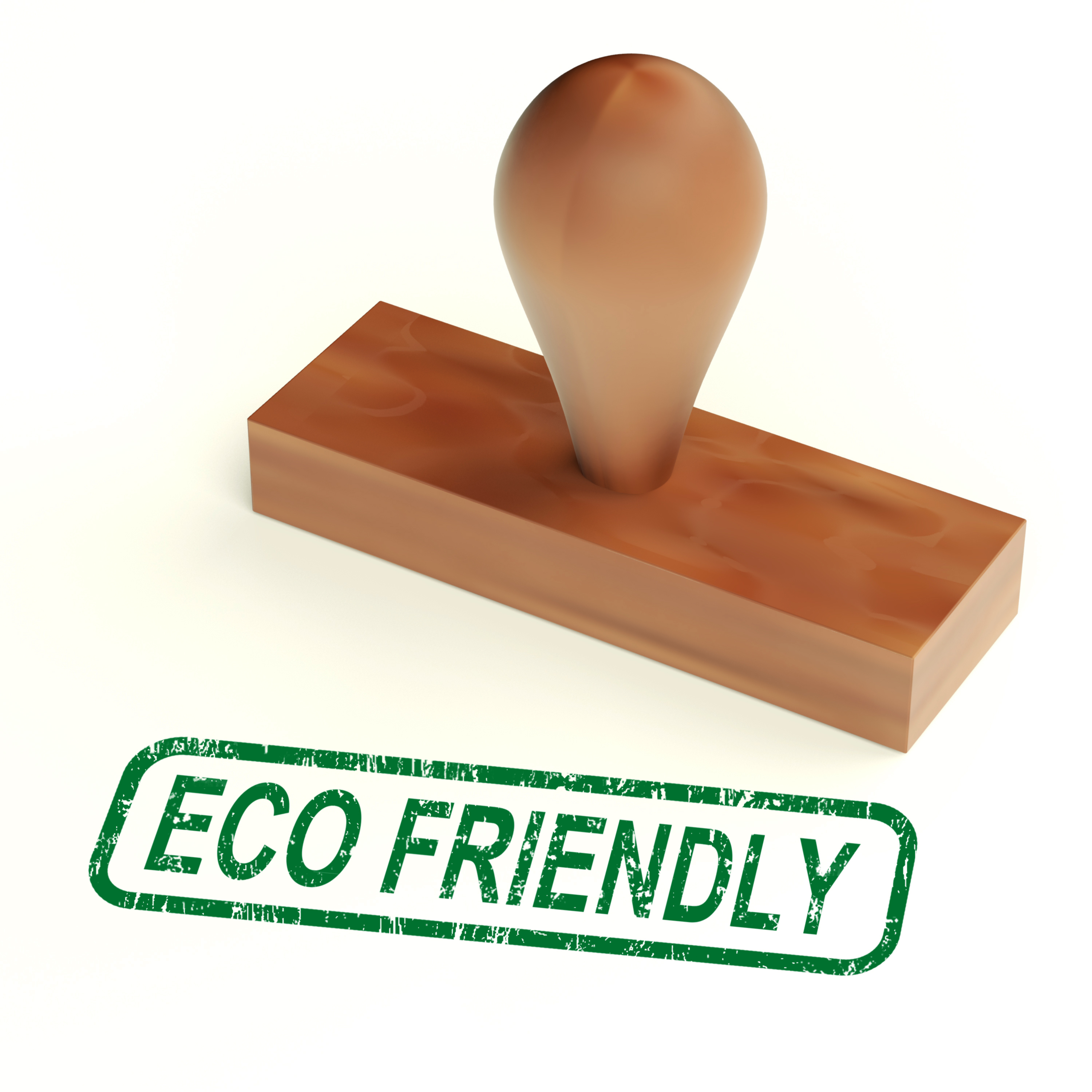 |
Companies that do business with federal, state, and even many local governments already know that sustainable practices such as EPP are a mandatory part of becoming a certified vendor. As a result of these government requirements, many companies were also compelled to require the same of their own suppliers to ensure compliance with government mandates. This chain reaction within procurement processes continues to spread, and more and more companies are realizing that a comprehensive EPP is not only good for the environment, but good for business as well.
The federal government defines “environmentally preferable” as "products or services that have a lesser or reduced effect on human health and the environment when compared with competing products or services that serve the same purpose…" This definition embraces the entire life cycle of each item purchased, from raw materials through manufacturing, packaging, distribution, use, reuse, operation, maintenance, and disposal.
Because EPP began at the federal level, states and local governments have implemented the federal guidelines, although many are tailored or expanded to comply with different regulations and procurement system mandates. In general, however, environmentally preferable products must conform to the Federal Trade Commission’s (FTC) Guides for the Use of Environmental Marketing Claims (Green Guides). Although Green Guides is currently being revised, the most recent version, published in 1998, contains the rules for making product marketing claims, how these claims are interpreted and substantiated, and what must be done to qualify claims to avoid deception about the comparative environmental superiority of a product.
Join us for an in-depth webinar on December 5. Our presenter, a seasoned environmental professional who has helped numerous companies develop and implement business-based carbon footprint reduction plans, will provide a roadmap for developing a plan that can add savings to your organization’s bottom line.
Register Now
The Environmental Protection Agency’s (EPA) Final Guidance on Environmentally Preferable Purchasing (1999) also defines several types of product “environmental attributes” to be considered in the procurement decision-making process. These are defined in Appendix B(1) of the Guidance and include:
A. Natural Resources Use, specifically impacts on or related to:
- Ecosystems
- Energy consumption/emissions
- Water use
- Nonrenewable resource consumption/emissions/degradation
- Renewable resource consumption/emissions/degradation
B. Human Health and Ecological Stressors
- Bioaccumulative pollutants
- Ozone-depleting chemicals/greenhouse gases
- Chemical releases (e.g., toxic release inventory (TRI))
- Ambient air releases (non-TRI)
- Indoor air releases
- Water pollution
- Hazardous waste
- Nonhazardous solid waste
- Other stressors
C. Hazard Factors Associated with Materials
Human health:
- Acute toxicity
- Carcinogenicity
- Developmental/reproductive toxicity
- Immunotoxicity
- Irritancy
- Neurotoxicity
- Sensitization
- Corrosivity
- Flammability
- Reactivity
- Other chronic toxicity
Ecological hazards:
- Aquatic toxicity
- Avian toxicity
- Terrestrial species toxicity
D. Positive Attributes (that minimize or eliminate environmental impacts defined in A, B, and C)
- Recycled content (pre- and postconsumer)
- Recyclability
- Product disassembly potential (for maintenance, parts replacement and recycling)
- Durability (product life)
- Reusability (how many times, may require cost/benefit analysis)
- Reconditioned or remanufactured
- Take-back options (manufacturer or other designated programs)
- Biobased (other than food or feed)
- Energy efficiency (meet or exceed Department of Energy (DOE) product efficiency recommendations)
- Water efficiency (meet or exceed DOE flow-rate performance standards)
- Other attributes with positive environmental effects, including low/zero air emissions; low/zero hazardous substances; easy, nonhazardous maintenance; low life-cycle cost; responsible manufacturing; and packaging and distribution efficiency
Learn useful regulatory context, including a brief overview of important regulatory schemes at the international, federal, and selected state level , and much more during our in-depth webinar on December 5, 2013.
Register Now
Although product integrity is essential, a comprehensive EPP should also include all aspects of a company’s purchasing, not just materials used during primary operations such as manufacturing. For example:
- Corporate transportation fleets—Consider replacing older vehicles with low-mileage, alternative fuel or hybrid vehicles.
- New buildings and renovations—Many opportunities are available for sustainable construction and renovations from LEED certification to low-energy appliances and heating, ventilation and air conditioning systems, to furniture, carpet, paint, and wood products.
- Business travel—Review both lodging and modes of transportation for potential cleaner, greener alternatives.
- Facility cleaning and maintenance products—more and more such products are being reformulated to be less toxic and equally or more effective.
